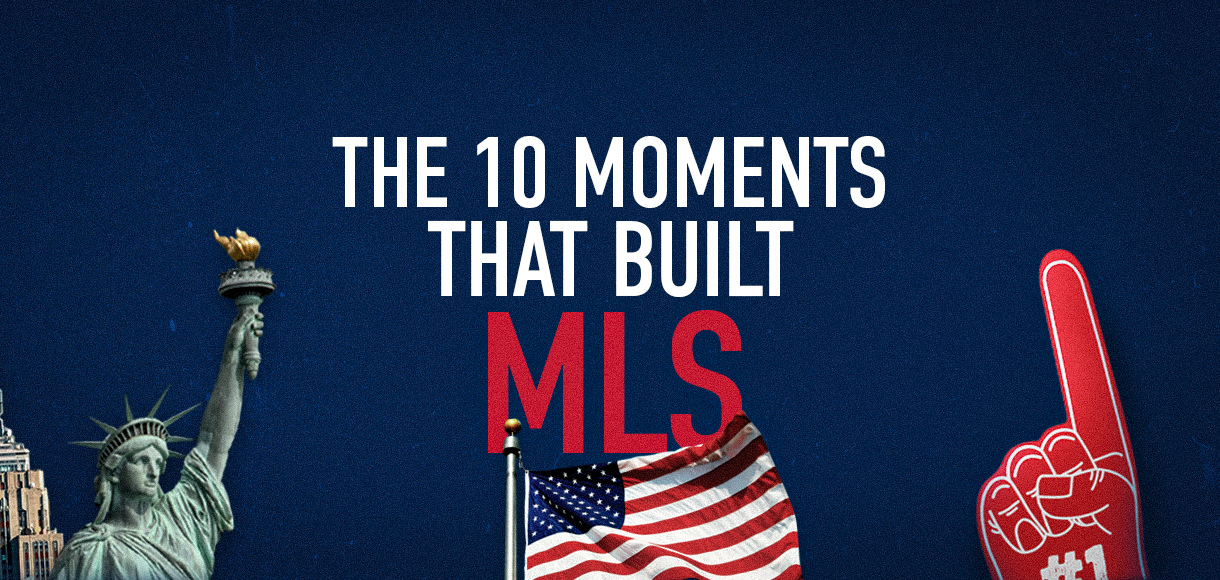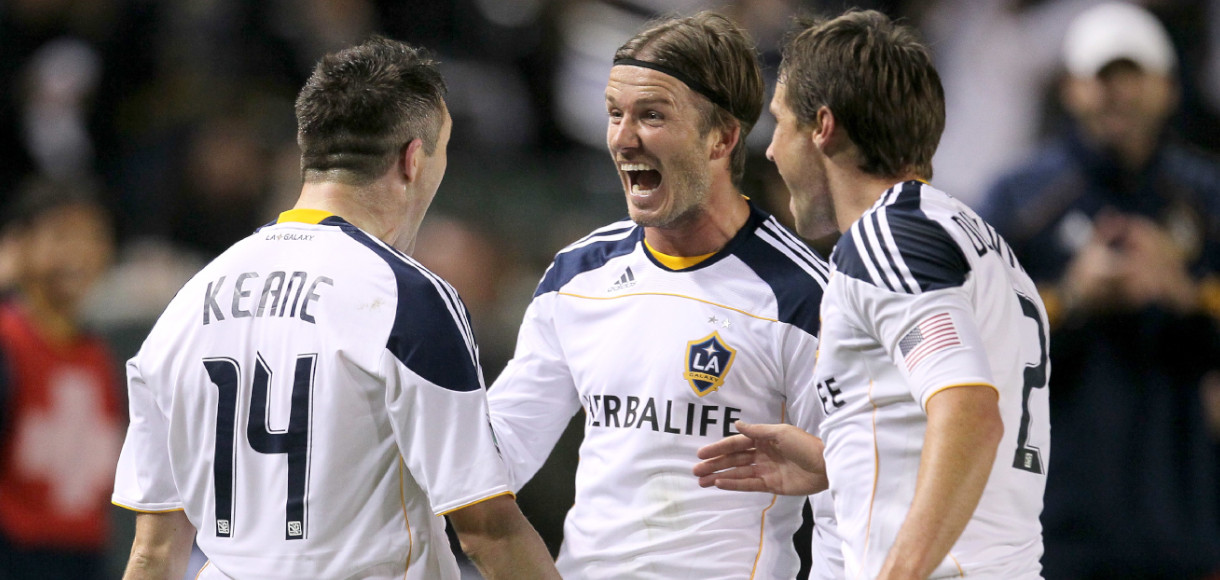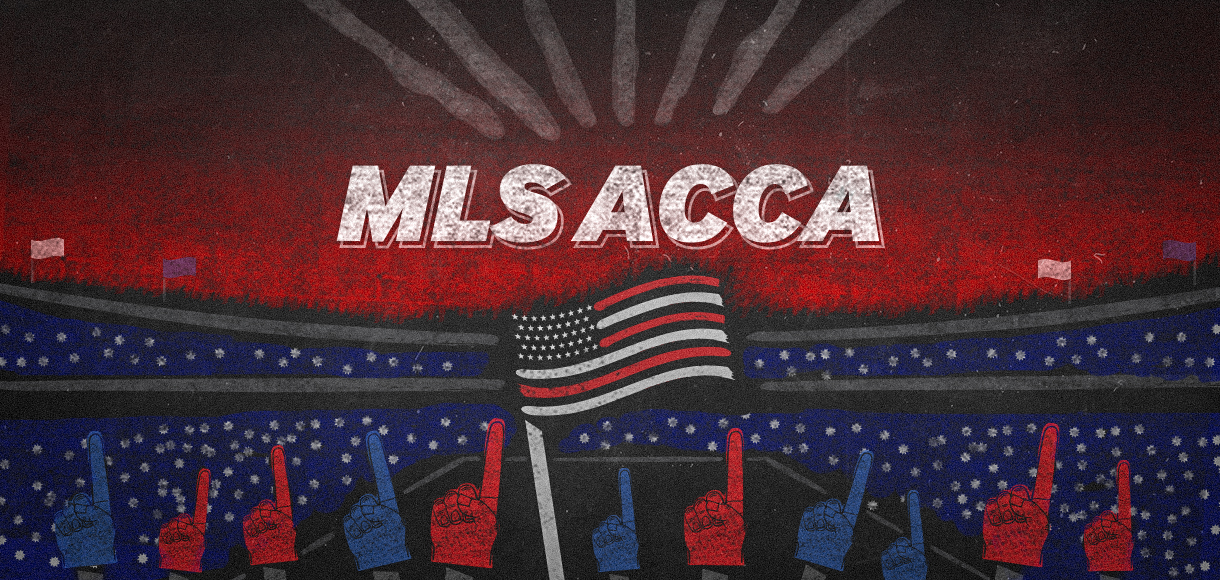Then and now: The 5 biggest changes in 25 years of the MLS

From loud kits to wacky rules, we look at how dramatically Stateside football has changed since the MLS was formed.
Team names
This is where Major League Soccer has grown up most visibly.
While there is still the odd left-field name – I’m looking at you, San Jose Earthquakes – there has been a concerted effort to legitimise the MLS and shift its narrative away from being a figure of fun.
To do that, they had to get serious.
From the MLS’ inaugural season, we have said goodbye to Dallas Burn, Kansas City Wiz and the New York/New Jersey Metrostars.
Each of those side have been respectively rebranded as FC Dallas, Sporting Kansas City and the New York Red Bulls.
To put it bluntly, football in America has progressed beyond adolescence.
Quality of players
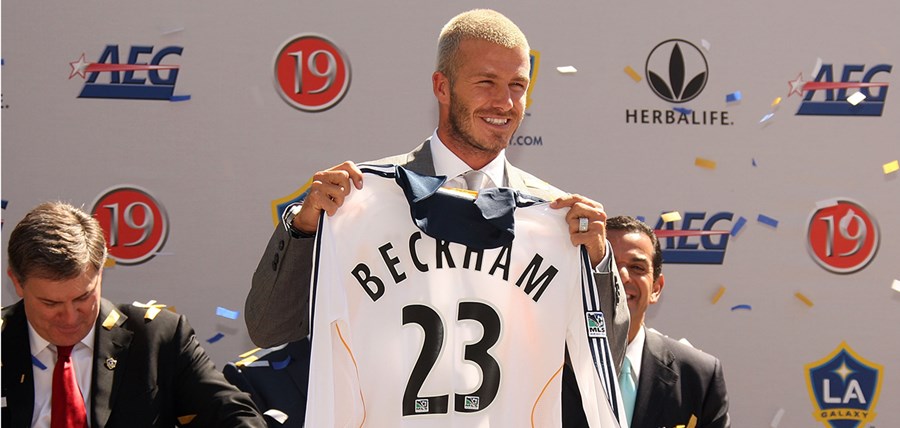 Source: Getty Images
Source: Getty Images
In 1996, no player was allowed to take a salary of more than $192,500 and an ageing Roberto Donadoni, who had joined the Metrostars, was all the MLS could muster in terms of marquee imports.
Then David Beckham happened.
In January 2007, LA Galaxy became the first club to utilise the Designated Player rule by signing a 32-year-old Beckham from Real Madrid on a contract worth up to $250m over five years.
The rule allowed each club to break their salary cap, initially to sign one extra player.
During the next three seasons, another 12 designated players followed, while the rule has now been extended and allows up to three marquee signings.
While the extra money on offer will have undoubtedly brought more players Stateside, the exposure from Beckham’s presence helped legitimise the league even further.
David Villa, Wayne Rooney and Zlatan Ibrahimovic are among another 208 names to have followed in the iconic midfielder’s footsteps and been given Designated Player status.
Expansion
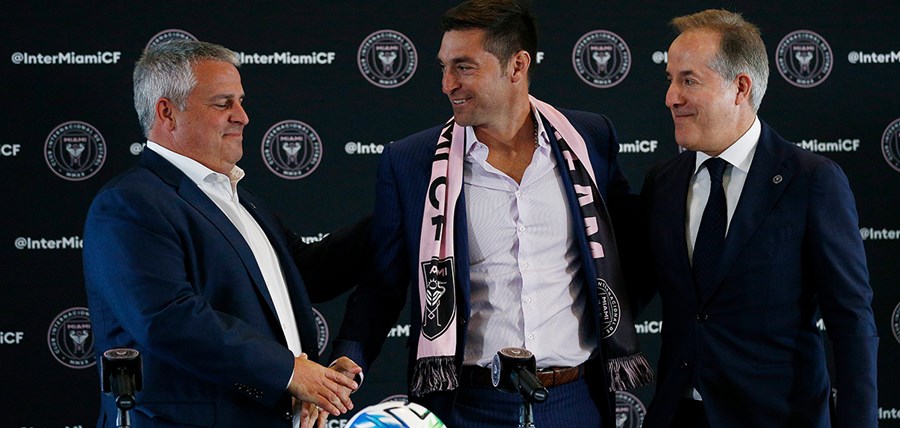 Source: Getty Images
Source: Getty Images
The MLS is constantly expanding.
Establishing a larger national reach is an essential part of boosting money from television rights that, in turn, can help the MLS achieve its goal of being one of the top 10 leagues in the world.
In 2020, for the first time, the league consists of 26 teams after Inter Miami and Nashville SC were added into the Eastern and Western Conferences respectively.
By 2022 – the year the MLS want to be recognisable as one of the top 10 leagues globally – that number will be up to 30 with the addition of Austin FC, Charlotte, St. Louis and Sacramento Republic.
According to MLS commissioner Don Garber, ultimately, the aim of the MLS is to expand to 32 teams.
In comparison, there were just 10 teams split into two conferences of five in its first season, with only the bottom side missing out on the end-of-year playoffs.
Rules of the game
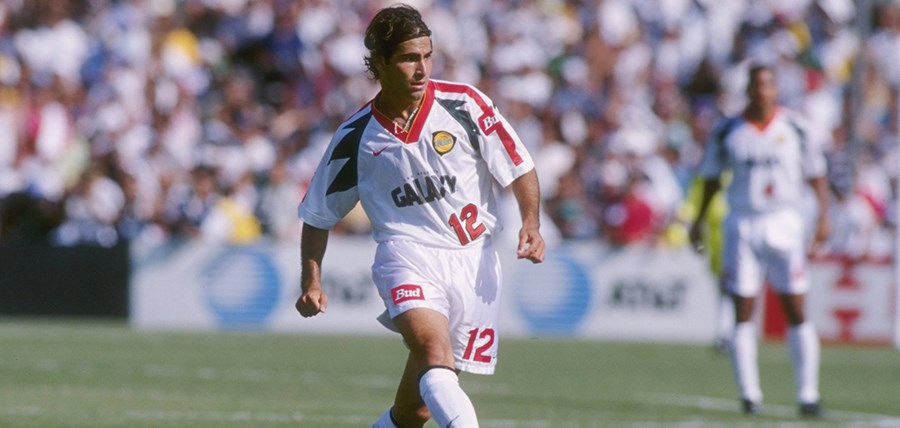 Source: Getty Images
Source: Getty Images
Yes, you read that correctly. The MLS were playing to different rules than everyone else in 1996.
Initially, the clock would run down from 45 minutes to zero rather than the other way around and it would stop during dead-ball situations.
When the clock reached zero, there would be no additional time and the half would end immediately.
But if the game finished level, the fans would be in for a treat.
Draws were not possible in opening season of the MLS, so there would be a shoot-out with a difference in the event of one.
Players were placed 35 yards from goal and given five seconds to score from a one-on-one. The winner of the best-of-five shoot-out would take a point.
Nowadays, the USA has fallen into line. Since 2000, clocks have counted upwards continuously, with stoppage time added at the end of each half.
Draws, meanwhile, are now allowed.
Kits
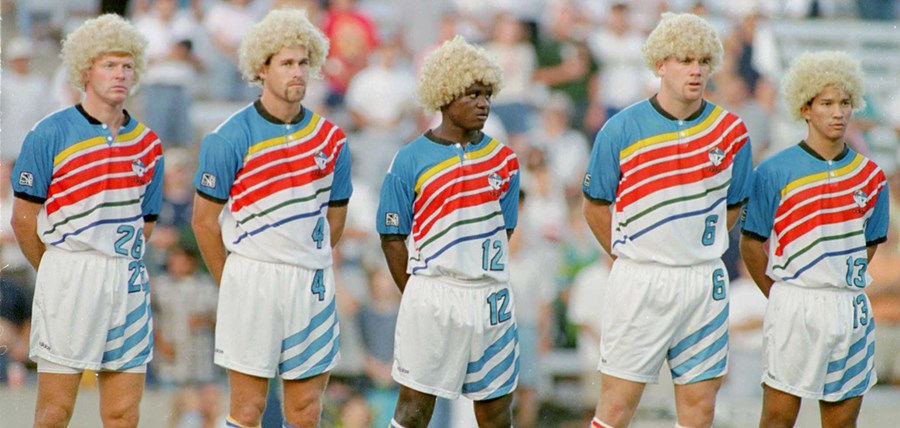 Source: Getty Images
Source: Getty Images
From kitsch to lit. MLS fashion has changed dramatically in 25 seasons.
Sure, the exclusivity deal held by Adidas means originality can sometimes be lacking nowadays – they have used the same basic template for 25 of the 26 new shirts this season.
But gone are the gaudy, baggy offerings of 1996, with the team badge loudly emblazoned across the chest.
Think less primary school fashion show and more: ‘I could wear this with jeans.’
That this season’s uniforms were unveiled during New York Fashion Week in February is an indication of how far they have come in terms of palatability.
With more understated designs, none of the 26 present-day kits would look out of place elsewhere in the world.
Compare them with Dallas Burn’s 1996 shirt, which had a large fire-breathing horse printed across the midriff or the flowing rainbow stripes donned by Kansas City Wiz, and there’s no contest.
Visit Betway's football betting page.












